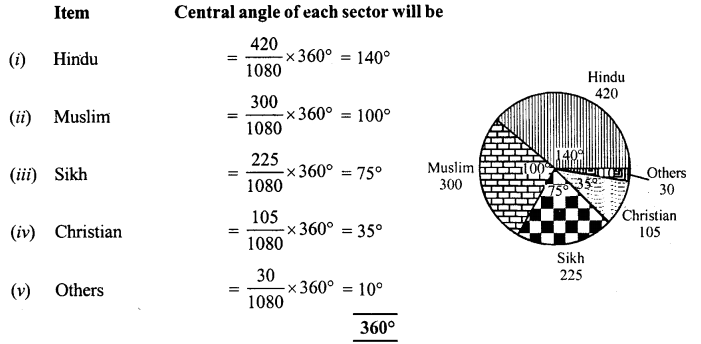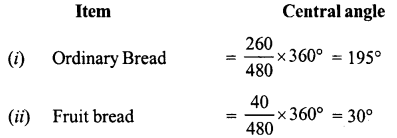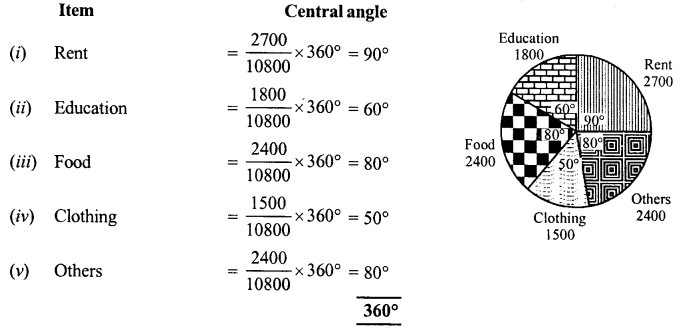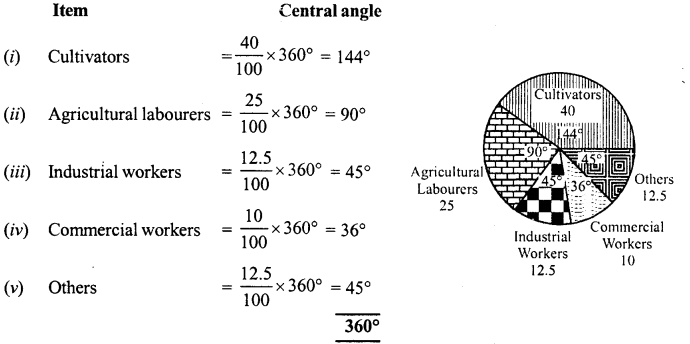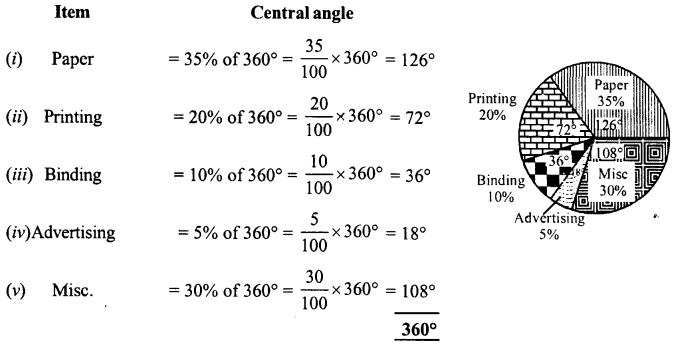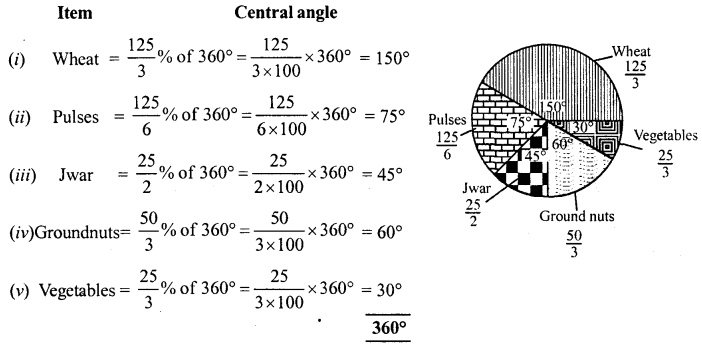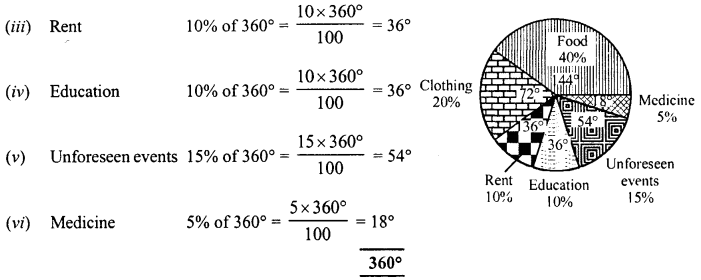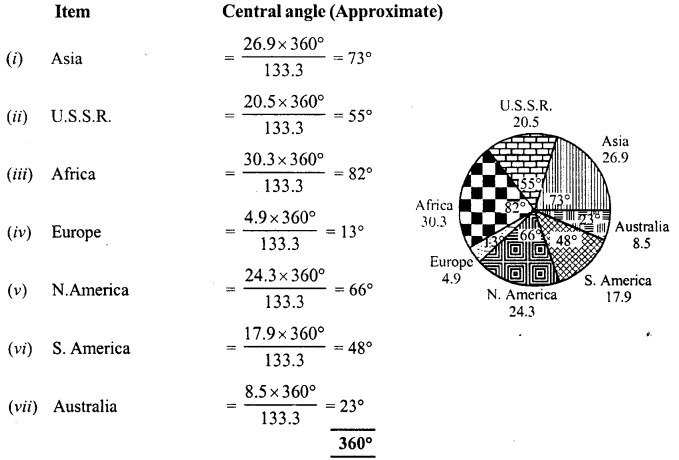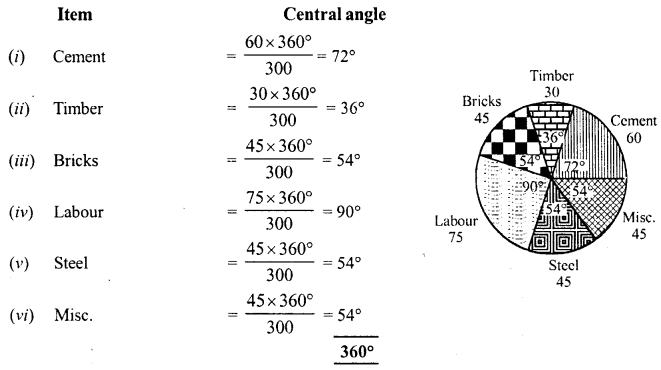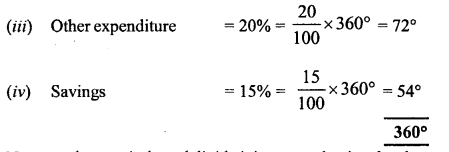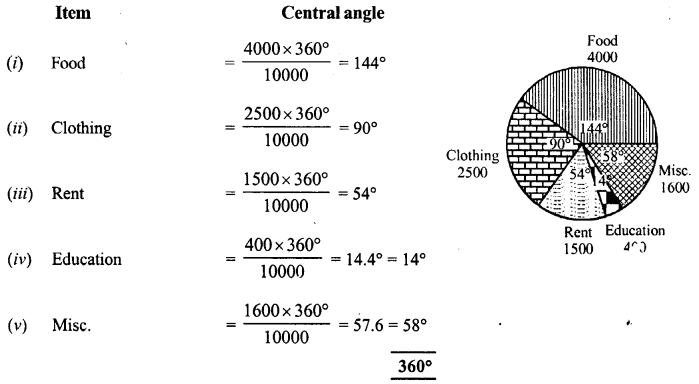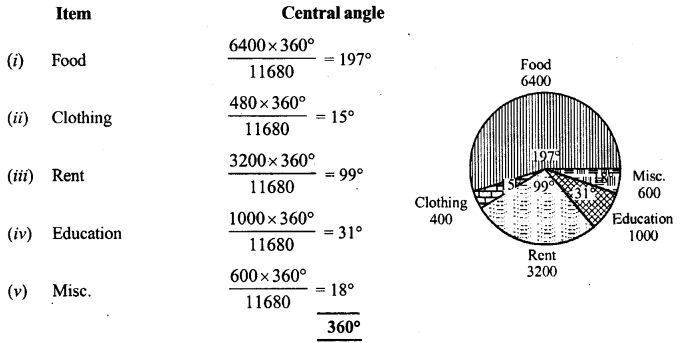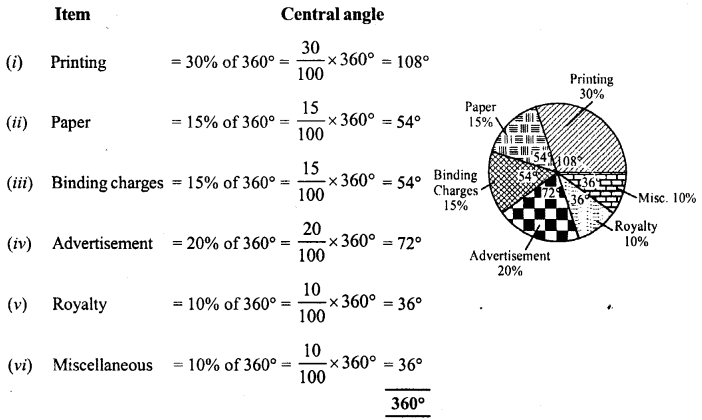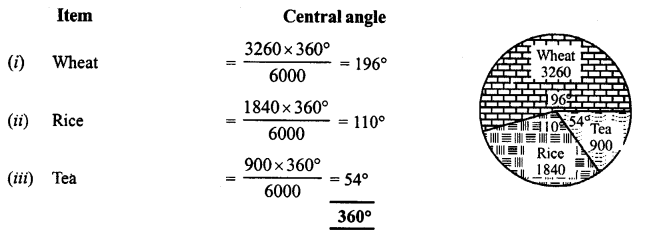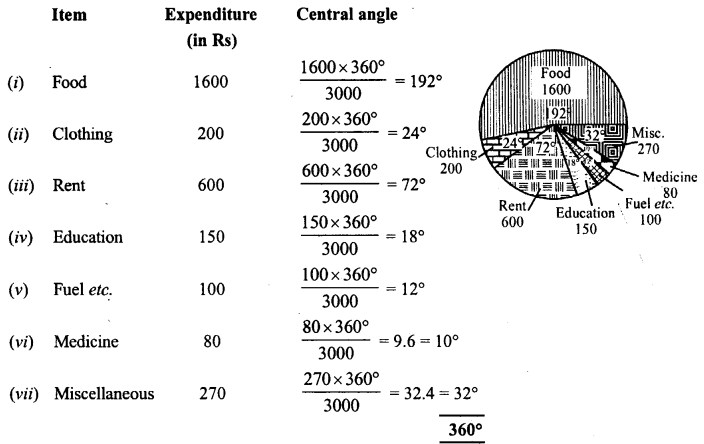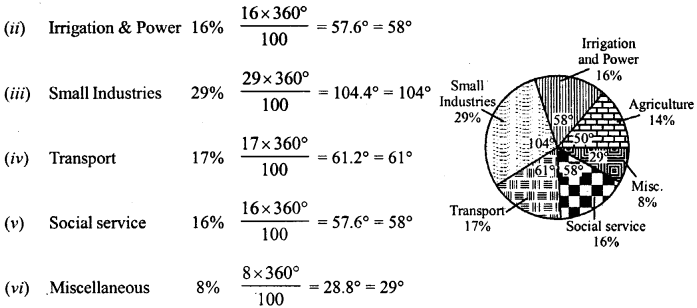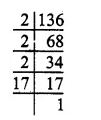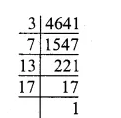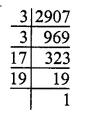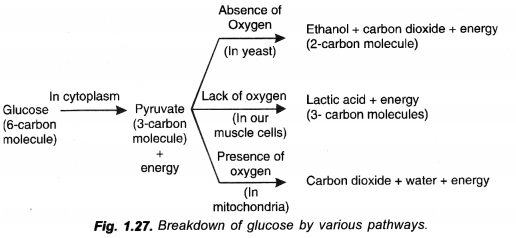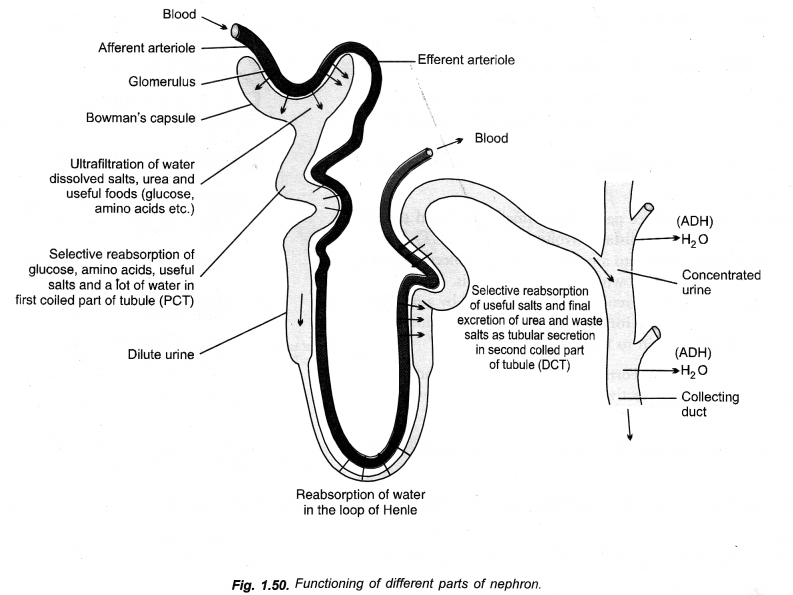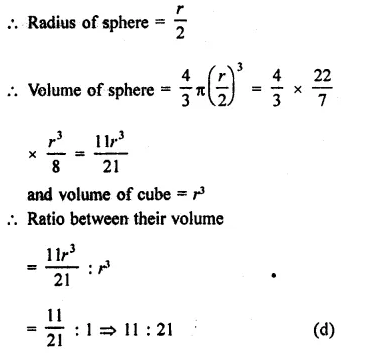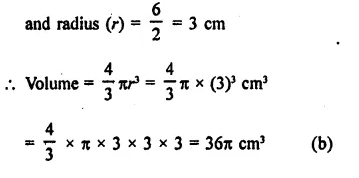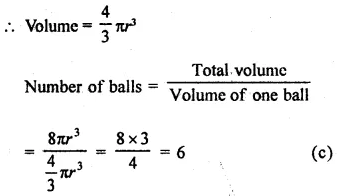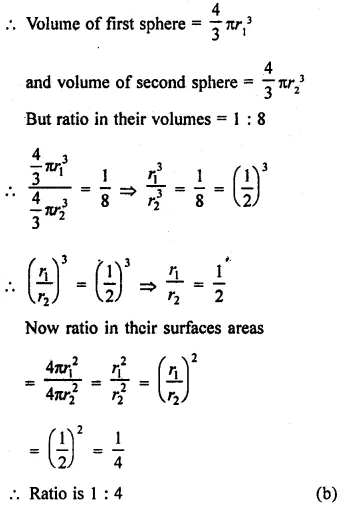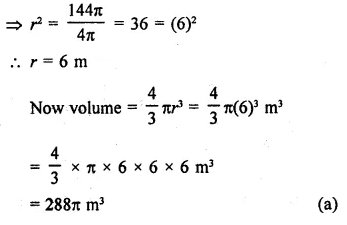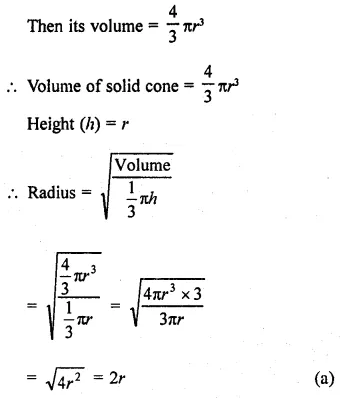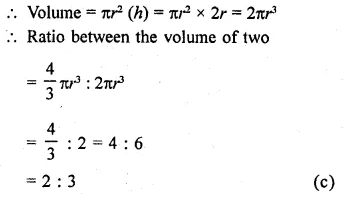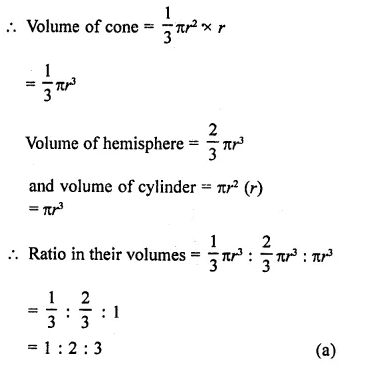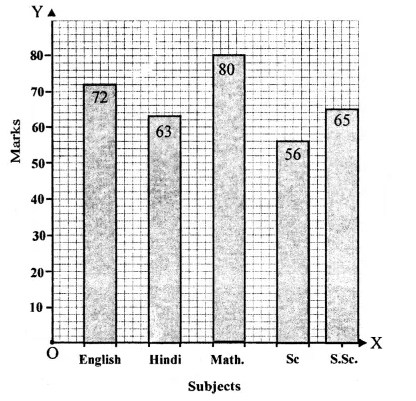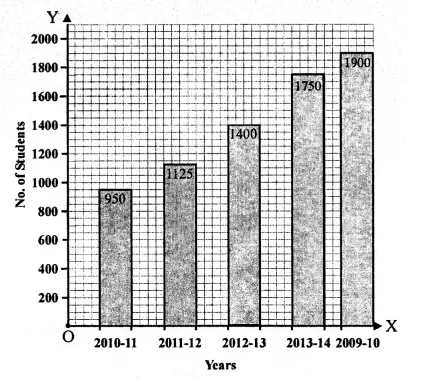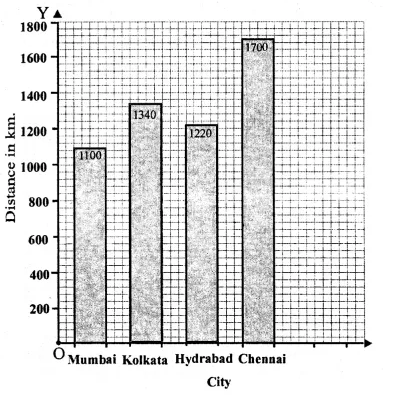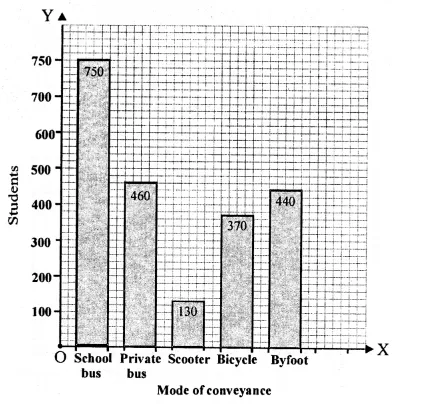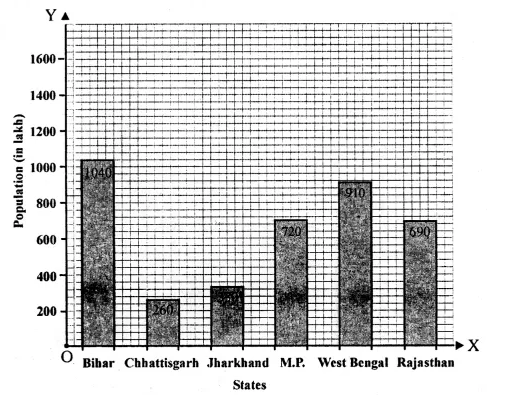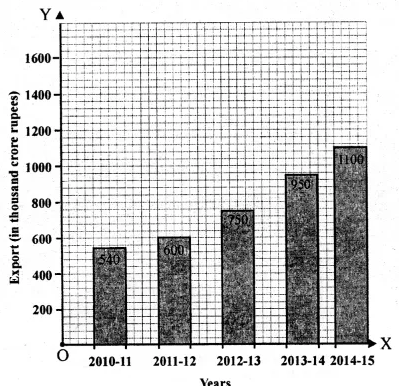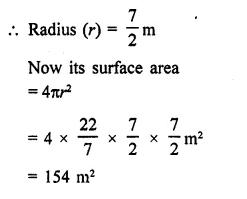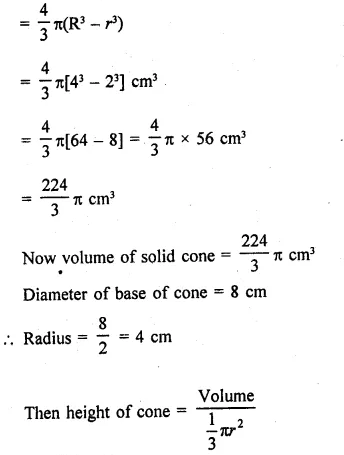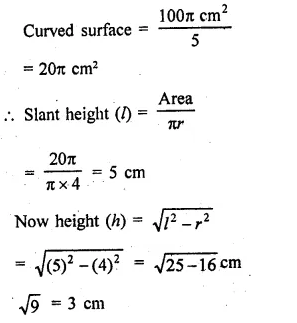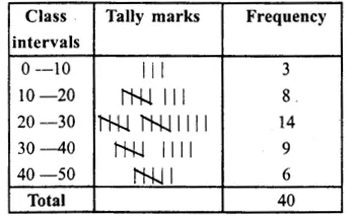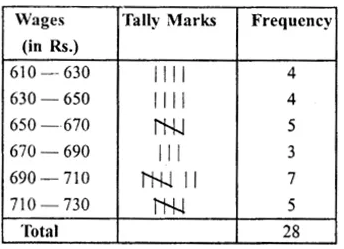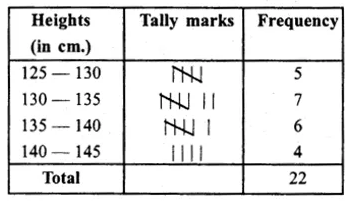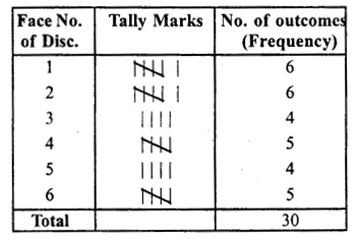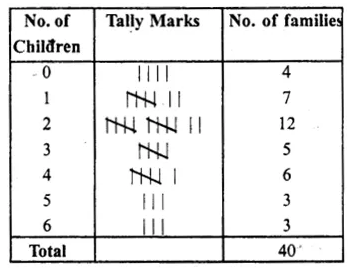RS Aggarwal Class 8 Solutions Chapter 24 Probability Ex 24A
These Solutions are part of RS Aggarwal Solutions Class 8. Here we have given RS Aggarwal Solutions Class 8 Chapter 24 Probability Ex 24A.
Other Exercises
- RS Aggarwal Solutions Class 8 Chapter 24 Probability Ex 24A
- RS Aggarwal Solutions Class 8 Chapter 24 Probability Ex 24B
Question 1.
Solution:
(i) When a coin is tossed, we get outcomes 2 as H or T (Head or Tail)
(ii) When two coins are tossed together, we get possible four outcomes as HH, HT, TH, TT
(iii) A die is thrown, we get possible outcomes as 1,2, 3, 4, 5, 6
(iv) From a well – shuffled deck of 52 cards, 0ne card is at random drawn, we get the possible outcomes is 52
Question 2.
Solution:
Possible outcomes = 2
In a single throw of a coin, we get
probability of getting a tail = \(\\ \frac { 1 }{ 2 } \)
Question 3.
Solution:
In a single throw of two coins, possible outcomes = 4
(i) Probability of getting both tails = \(\\ \frac { 1 }{ 4 } \)
(ii) Probability of getting at least one tail = \(\\ \frac { 3 }{ 4 } \)
(iii) Probability of getting at the most one tail = \(\\ \frac { 2 }{ 4 } \) = \(\\ \frac { 1 }{ 2 } \)
Question 4.
Solution:
In a bag, there are 4 white and 5 blue balls ,
Possible outcomes = 4 + 5 = 9
One ball is drawn at random, then
(i) the probability of a white ball = \(\\ \frac { 4 }{ 9 } \)
(ii) the probability of a blue ball = \(\\ \frac { 5 }{ 9 } \)
Question 5.
Solution:
In a bag, there are 5 white, 6 red and 4 green balls
Possible outcome is 5 + 6 + 4 = 15
One ball is drawn at random, then
(i) Probability of a green ball = \(\\ \frac { 4 }{ 15 } \)
(ii) Probability of a white ball = \(\\ \frac { 5 }{ 15 } \) = \(\\ \frac { 1 }{ 3 } \)
(iii) Probability of a non-red ball = \(\\ \frac { 5+4 }{ 15 } \)
= \(\\ \frac { 9 }{ 15 } \)
= \(\\ \frac { 3 }{ 5 } \)
(5 white and 4 green balls are non-red balls)
Question 6.
Solution:
In a lottery, there are 10 prizes and 20 blanks
Possible outcomes = 10 + 20 = 30
A ticket is chosen at random, then
probability of getting a prize = \(\\ \frac { 10 }{ 30 } \) = \(\\ \frac { 1 }{ 3 } \)
Question 7.
Solution:
In a ,box of 100 electric bulb, 8 are defective
Then non-defective bulbs = 100 – 8 = 92
Now possible outcomes = 100
(i) Probability of a drawn bulb, which is defective = \(\\ \frac { 8 }{ 100 } \) = \(\\ \frac { 2 }{ 25 } \)
(ii) Probability of a drawn bulb which is non defective = \(\\ \frac { 92 }{ 100 } \) = \(\\ \frac { 23 }{ 25 } \)
Question 8.
Solution:
A die is thrown, then
Possible outcomes = 6
(i) Now probability of getting 2 = \(\\ \frac { 1 }{ 6 } \)
(ii) Probability of a number less than 3 (which are 1 and 2) = \(\\ \frac { 2 }{ 6 } \) = \(\\ \frac { 1 }{ 3 } \)
(iii) Probability of a composite number (a composite number is a number which is not a prime number which are 4, 6) = \(\\ \frac { 2 }{ 6 } \) = \(\\ \frac { 1 }{ 3 } \)
(iv) Probability of a number not less than 4 (which are 5, 6) = \(\\ \frac { 2 }{ 6 } \) = \(\\ \frac { 1 }{ 3 } \)
Question 9.
Solution:
Total number of ladies = 200
Those who like coffee = 82
Those who dislike coffee = 118
Possible number of outcomes = 200
One lady is chosen at random, then
(i) Probability of a lady who dislikes coffee = \(\\ \frac { 118 }{ 200 } \)
= \(\\ \frac { 59 }{ 100 } \)
Question 10.
Solution:
19 ball bearing numbers, 1, 2, 3,…19
possible outcomes = 19
A ball is drawn at random from the box, then
(i) Probability of a ball which bears a prime numbers which are 2, 3, 5, 7, 11, 13, 17 and 19 = 8 = \(\\ \frac { 8 }{ 19 } \)
(ii) Probability of a ball which bears an even number which are 2, 4, 6, 8, 10, 12, 14, 16, 18 = 9 = \(\\ \frac { 9 }{ 19 } \)
(iii) Probability of a number which bears a number divisible by 3 which are 3, 6, 9, 12, 15, 18 = 6 = \(\\ \frac { 6 }{ 19 } \)
Question 11.
Solution:
A card’s drawn at random from a deck
of well-shuffled deck of 52 cards Probability = 52
(i) Probability of a card being a king = \(\\ \frac { 4 }{ 52 } \) = \(\\ \frac { 1 }{ 13 } \)
(ii) Probability of a card being spade = \(\\ \frac { 13 }{ 52 } \) = \(\\ \frac { 1 }{ 4 } \)
(iii) Probability of a card being a red queen = \(\\ \frac { 2 }{ 52 } \) = \(\\ \frac { 1 }{ 26 } \)
(iv) Probability of a card being a black 8 = \(\\ \frac { 2 }{ 52 } \) = \(\\ \frac { 1 }{ 26 } \)
Question 12.
Solution:
One card is drawn at random from a deck of well shuffled deck of 52 cards
Possible outcomes = 52
(i) Probability of a card being a 4 = \(\\ \frac { 4 }{ 52 } \) = \(\\ \frac { 1 }{ 13 } \)
(ii) Probability of a card being a queen = \(\\ \frac { 4 }{ 52 } \) = \(\\ \frac { 1 }{ 13 } \)
(iii) Probability of a card being a black card = \(\\ \frac { 26 }{ 52 } \) = \(\\ \frac { 1 }{ 2 } \)
Hope given RS Aggarwal Solutions Class 8 Chapter 24 Probability Ex 24A are helpful to complete your math homework.
If you have any doubts, please comment below. Learn Insta try to provide online math tutoring for you.



